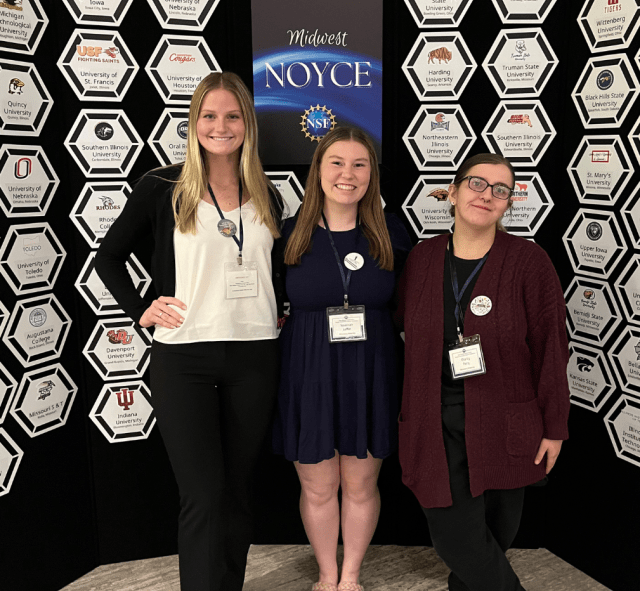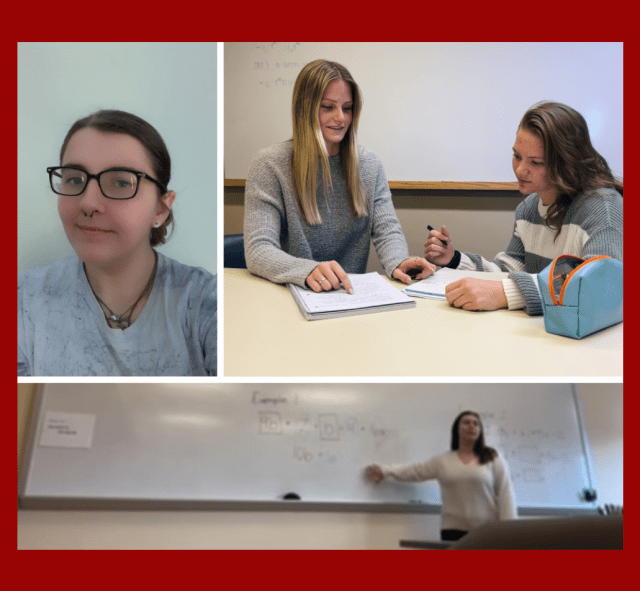Jeremiah Williams, associate professor of physics and department chair, was recently awarded a grant through the United States Department of Energy (DOE) to continue his research on the fourth state of matter, plasmas.
The DOE is providing $13.3 million in funding for the 2020 fiscal year toward research that expands the understanding of plasma science from 
“Plasma science is an important area with many scientific opportunities and technological applications,” said Chris Fall, director of DOE’s Office of Science in a recent release announcing the funding. “The research funded under this initiative will enable the U.S research community to address very important research opportunities and help ensure continued American leadership in these critical areas.”
According to the DOE, the research will be performed by universities, nonprofits, private firms, and DOE National Laboratories and the awards were selected based on competitive peer review under four separate DOE Funding Opportunity Announcements.
Williams, an experimental physicist with interests in the area of complex (dusty) plasma physics and in understanding the transport and the thermal properties of a weakly-coupled dusty plasma, will use his funding of just over $39,000 to research the measurement of the thermal effects in the dispersion relation of the dust acoustic wave in the presence of a large magnetic field.
“Our study will make use of the unique capabilities in the Magnetized Plasma Research Laboratory, a U.S. Department of Energy-supported plasma research facility at Auburn University, to examine the properties of this wave mode in an environment where the strength and direction of the magnetic field can be varied in a controlled way to test one of the mechanisms - an ion-dust streaming instability - believed to be responsible for observed thermal effects,” Williams said. “This will be done by a faculty member at a primarily undergraduate institution and will support the training of an undergraduate student from a primarily undergraduate institution.”
Williams explains the research in more detail:
- A "dusty" or "complex" plasma is an ionized gas consisting of ions, electrons, and small particulate matter (dust or ice) that is typically much smaller than the width of a human hair. In space, examples of dusty plasmas include the clouds from which stars and planets form, comet tails, planetary rings and noctilucent clouds in the Earth's ionosphere.
- Dusty plasmas are also formed in the chemically active plasmas that are used in industrial plasma processing devices to create computer chips, contaminating the end product and reducing overall yield, and the manufacturing of solar photovoltaic cells, where the dust can increase the overall efficiency of the resulting solar cells.
- Over the past few decades, the scientific relevance and potential applications of charged microparticles in plasmas have grown significantly and show promise in a number of applications that may have long- term societal benefit.
- Once particulate matter is present in a plasma environment, the dust interacts with the other plasma components, acquiring a net charge and self-consistently modifying the surrounding plasma medium.
“The resulting system is notably more complex than the traditional plasma system and supports a wide range of physical phenomena, including a wave mode known as dust acoustic wave,” Williams added. “Recent measurements of the properties of this wave have shown unexpected behavior and suggest that thermal effects are important in understanding the behavior of the dust within.”
Last year Williams joined colleagues at the Toulouse Space Centre in France to conduct an experiment July 26 on the International Space Station (ISS) examining how the thermal properties of dust particles in a plasma environment evolve as the plasma parameters change in the Plasma Kristall-4 (PK-4) dusty plasma laboratory. The 12-member team of scientists had been working on this experiment in collaboration with the German Center for Air and Space (DLR), the European Space Agency, and the Russian Space Agency or ROSCOSMOS.
Much of Williams’ work takes place at Wittenberg University and in collaboration with a number of groups around the United States and the world. He hopes to be able to do some of the work for his current grant, which begins Sept. 1, at Wittenberg, too.
“I anticipate that there will be some hardware development done here and all of the analysis will also be done here,” he said. “My hope is that we will be taking a student with us to perform experiments, but much of that is in flux right now due to COVID.”
There are opportunities for students who are interested in being involved in his research efforts. If interested, please stop by his office or e-mail Williams. For additional information on Williams’ research, go to http://wupl.wittenberg.edu/.







